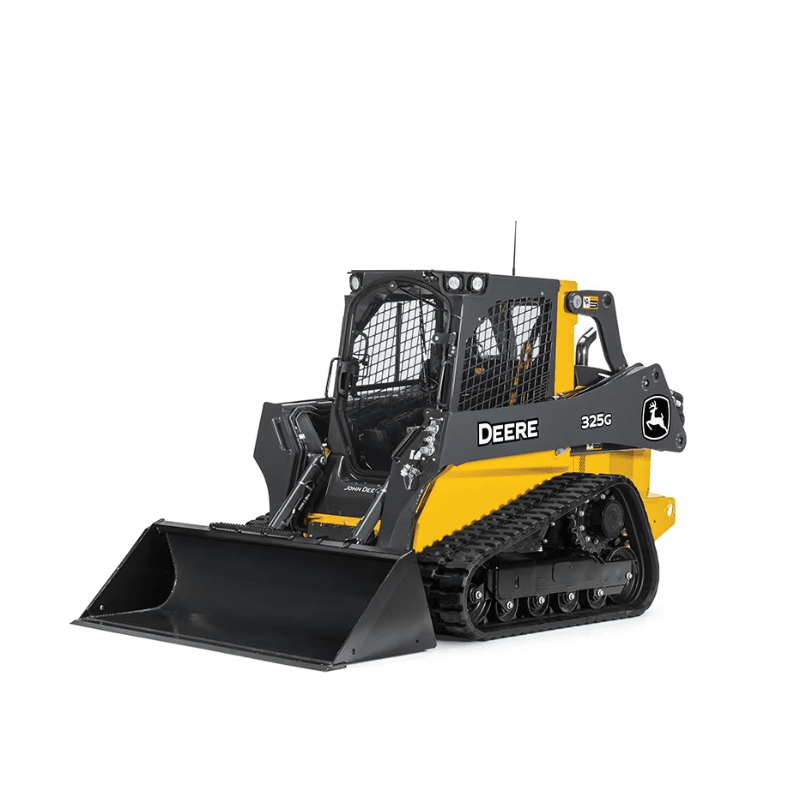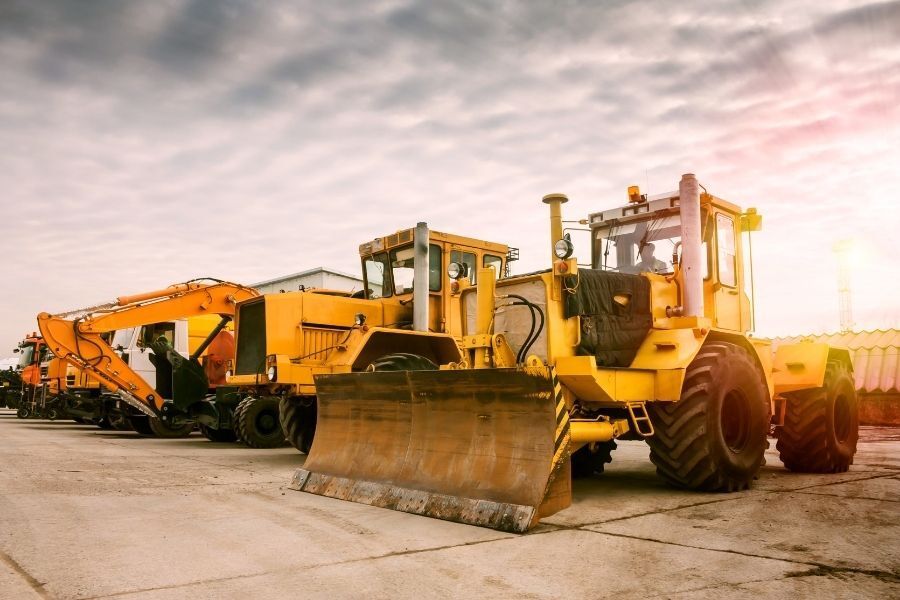Scissor Lift Rental: Safe and Efficient Raising Solutions
Scissor Lift Rental: Safe and Efficient Raising Solutions
Blog Article
Optimize Your Budget by Recognizing the Expenses Connected With Construction Equipment Leasings
Recognizing the complete scope of expenses associated with building equipment services is crucial for optimizing your budget plan. What approaches can be employed to successfully handle these costs and ensure a much more effective rental experience?
Overview of Rental Expenses
When taking into consideration building equipment services, understanding the associated costs is vital for effective budgeting and task preparation. Rental prices can differ dramatically based on numerous variables, consisting of tools kind, duration of leasing, and area. The preliminary rental cost usually reflects the equipment's market demand and its associated functional abilities, influencing the overall expense.
In addition to the base rental rate, secondary costs might occur, such as transportation charges, gas additional charges, and upkeep costs. It is vital to make up these added expenses to accurately analyze the total expense of leasing tools. The rental period can influence rates; longer rentals may qualify for discounted prices, while short-term services may sustain higher everyday charges.

Malfunction of Rental Rates
A detailed understanding of rental rates is vital for professionals and job supervisors intending to optimize their budgets. Rental rates for building and construction devices normally contain numerous parts, including base prices, time-based fees, and usage costs.
Base prices are the core charges connected with the rental of the equipment, usually figured out by the kind and size of the equipment. These rates can vary dramatically, influenced by aspects such as equipment demand, schedule, and local market fads. Time-based costs, which might be daily, weekly, or monthly, serve to suit different task timelines and rental durations.
Furthermore, rental prices may consist of use costs, which apply when devices is used beyond a specified limit, making certain that the rental business can represent wear and tear. Seasonal need changes can also affect rental rates, with peak construction periods generally regulating higher prices.
In addition, comprehending the rental business's plans regarding upkeep and insurance policy can supply further insight into the overall expense structure. By evaluating these components, specialists can make enlightened decisions, ensuring the choice of rental equipment straightens with both task demands and budget plan restraints.
Added Charges to Consider
Recognizing the ins and outs of added charges is crucial for specialists to manage their overall leasing expenses efficiently. Beyond the basic rental prices, different auxiliary charges can significantly affect the total expense of devices leasing. These costs frequently consist of shipment and pickup fees, which can vary based upon distance and logistics entailed in delivering the equipment to and from the task website.
Furthermore, some rental companies might enforce fuel surcharges if the devices is returned with less fuel than when rented. It is also vital to be conscious of potential cleaning fees, particularly for specific tools that needs complete upkeep after usage.

Extensively examining the rental agreement and making clear these additional charges upfront can help service providers stay clear of unforeseen prices and make sure that budget plans stay undamaged throughout the job lifecycle.
Repair And Maintenance Expenditures
Normal maintenance and repair expenditures are commonly overlooked elements that can significantly affect the total price of building and construction equipment rentals. When renting out devices, it is essential to think about not only the rental costs but likewise the possible costs connected with maintaining the equipment in optimum operating problem.
Many rental business include basic upkeep as component of the rental arrangement; nevertheless, much more unanticipated failures or extensive fixings can result in heavy duty electric winch added costs. It's important to evaluate the rental contract meticulously to recognize what maintenance solutions are covered and what obligations fall on the renter.
Furthermore, tools that is not properly maintained can cause ineffectiveness at work site, potentially causing hold-ups and raising project costs. To mitigate these risks, it is advisable to perform normal inspections and maintain open communication with the rental supplier pertaining to any type of issues that arise throughout usage.
Insurance and Obligation Costs
Insurance coverage and responsibility prices are important components that can substantially affect the overall expense of building and construction devices services (mini excavator rental). These expenses make sure that both the rental company and the client are safeguarded from prospective monetary losses occurring from accidents, damage, or theft during the rental duration

Additionally, customers ought to know any type of deductibles or exemptions in the insurance plan, as these can affect prospective out-of-pocket expenses. Comprehending the conditions of any insurance coverage is essential to prevent unexpected prices. Ultimately, budgeting for insurance coverage and obligation expenditures can help make certain a smoother rental experience and secure versus monetary risks connected with building and construction projects.
Verdict
In verdict, a thorough understanding of the prices connected with building and construction tools leasings is necessary for efficient budget plan management. Inevitably, educated decision-making pertaining to devices leasings contributes to the total success of building ventures.
Rental costs can vary dramatically based on a number of elements, consisting of tools type, period of leasing, and place (construction equipment rentals). The rental period can influence pricing; longer services may certify for discounted prices, while short-term services might sustain greater day-to-day costs
By carrying out extensive skid loader buckets for sale research and involving with respectable rental firms, professionals can successfully browse the complexities of rental rates, eventually optimizing their economic resources.
Past the conventional rental prices, different supplementary fees can dramatically influence the overall price of equipment leasing. Rental firms typically give liability insurance that covers injuries to third events or damages to building, while equipment damage insurance coverage can cover the cost of repair services or substitute if the leased tools is damaged.
Report this page